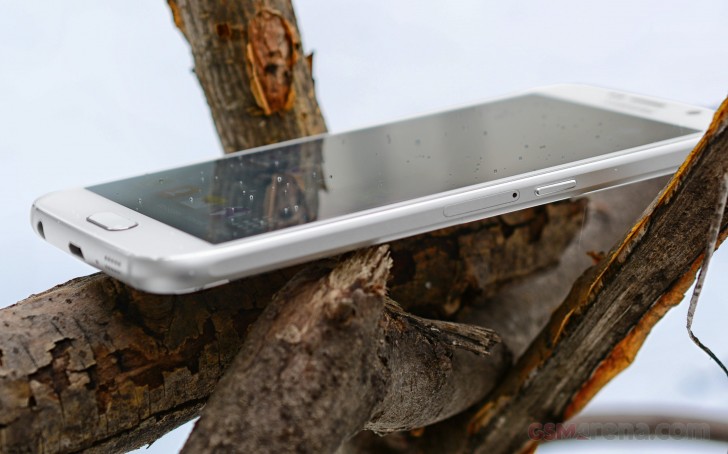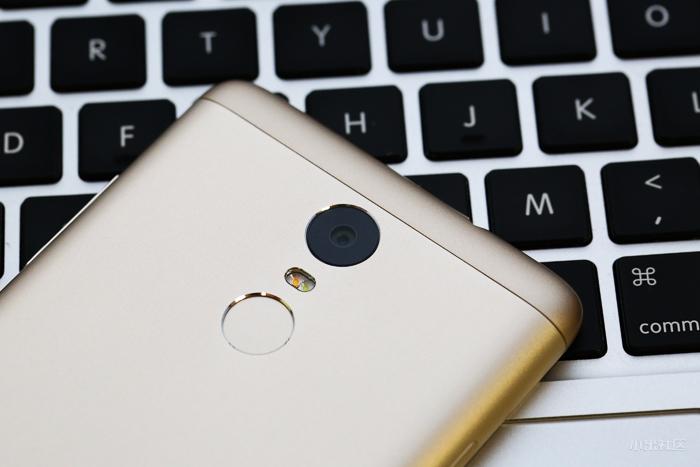As the mid-range price bracket is being getting too crowded, and emergence of India as one of the leading markets for smartphones, today we have another name in the Indian soils, LeTV. The former though is not a new name in the home market, China, and is one of the largest online video companies in the home.
Paving it's way into the Indian market, LeEco (previously known as LeTV) launched two phones- Le Max and Le 1s.
Le 1s is the budget phone which finds competition with the likes of the Moto G, Asus Zenfone Max, Coolpad Note 3 and the Lenovo Vibe K4 Note in India, while the other is the flagship model for the market.
Le 1s is the budget phone which finds competition with the likes of the Moto G, Asus Zenfone Max, Coolpad Note 3 and the Lenovo Vibe K4 Note in India, while the other is the flagship model for the market.

It has been a known fact that there is no scarcity of budget phones in India, but the recent introduction of Le 1s has raised the bar in the budget segment by a bit. And we will see whether the 1s would be able to create an upper edge over it's rivals or not!
The budget smartphone market may be flooded with a plenty of good-looking phones, but there are barely any with a full-metal unibody design. Not only the metal body gives the Le 1s a premium touch, but it also makes the phone stand out against the competition. I am quite impressed by the way the company has put together different elements on the phone - which makes the phone aesthetically pleasing.

Given that the phone features a large 5.5-inch screen, many may assume it to be a little bulky, but the phone actually didn’t feel heavy in hands. It, in fact, was comfortable to hold and operate which is a credit to the craftmanship.
Another highlight of the phone is a fingerprint sensor which sits at the back of the phone, for increased security and easy unlocking. Though there are a couple of phones in this price segment (including the Coolpad Note 3 and Note 3 Lite) to have come with a fingerprint sensor, but it is still not a common thing to find on budget phones. And the inclusion of the same in the Le 1s increases its chances of earning some extra scores.

Also, the company claims to have the world's first mirror-surfaced fingerprint scanner which not only adds to the looks, but is also claimed to be scratch-proof.
Large screens are common now, which can be found even on phones less than Rs 7K. But what makes the Le 1s’s display stand out in the budget market is an ultra-thin bezel around it, which keeps the dimensions in control. And it also makes the phone look elegant and beautiful.

Currently, there are not many companies paying heed to having a narrow bezel on their low-cost or budget devices. Also, the 5.5-inch display on the Le 1s is quite good - in terms of both colour reproduction and details.
Another highlight of the phone is the USB Type-C connector with fast charging facility. If the company’s claim is to be believed, the phone can give 3.5 hours of talk time on a charge of 5 minutes.

Also, the USB Type-C, which is the new USB standard, lets users plug the cable in either orientation. We have USB Type-C in OnePlus 2, Nexus 5X, and 6P, but how many budget phones have you seen with USB Type-C?
We briefly tested the cameras - both front and rear - on the Le 1s, and found the results to be bright and rich in colours. Talking about their video capabilities, the rear camera can shoot in 4K, which is again a rarity in this price segment, and the front in 1080p.

Nevertheless, we are are holding on to our verdict on its cameras as the demo zone was brightly lit up and we are yet to test them in different lighting conditions.
At its heart is an octa-core MediaTek Helio X10 processor coupled with 3 GB of RAM. While the specs on paper suggest a powerful performance, but that can only be verified after using the phone for a longer duration. While our hands-on we never felt the phone to be sluggish or lagging. Also, the phone includes 32 GB of internal storage (of which around 29 GB is user accessible). The speaker grill at the bottom is not only aesthetically pleasing, but also emits great sound which is acceptable.
This phone has raised the bar higher for the budget phones, but does it deliver the promise that is shows, only time will tell. Wait for the full review and do let us know your thoughts in the comments section below.


































